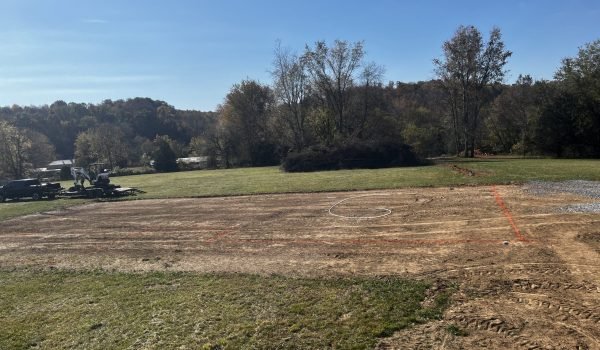Excavation Services
Culver & Driveway Install and Repair
Driveway installation includes site preparation, grading, adding base materials like gravel or asphalt, compacting the surface, and finishing with a top layer like concrete or asphalt. Repairs address issues such as cracks, potholes, uneven surfaces, or damaged sections. This may involve filling cracks, patching holes, resurfacing, or replacing damaged areas to maintain functionality and safety.
Culvert installation involves constructing structures that allow water to flow under roads, driveways, or railways to prevent erosion and flooding. It includes excavation, placement of culvert pipes or boxes, backfilling, and soil compaction. Repairs address leaks, structural damage, debris blockages, or drainage issues. This may involve fixing leaks, reinforcing the structure, clearing blockages, or ensuring proper water flow to maintain infrastructure integrity and prevent water-related damages.

Footings & Foundations
Footings are concrete structures placed beneath the ground level to support the foundation and transfer the building’s weight to the soil. They distribute the load evenly and prevent settling or shifting, ensuring stability and structural integrity.
Foundations are the base on which a building rests and provide a stable surface for the structure above. They can be shallow (like slab-on-grade foundations) or deep (like basement or crawlspace foundations) based on soil conditions and building requirements.
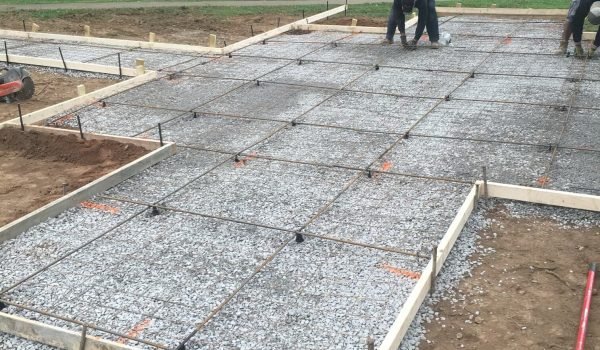
Retaining Walls
Retaining walls are structures built to hold back soil and prevent erosion on slopes or uneven terrain. They are commonly used in landscaping and construction to create level areas or prevent soil movement. Retaining walls can be made from various materials such as concrete, stone, wood, or engineered blocks. They are designed to withstand the pressure exerted by the soil behind them and often include drainage systems to manage water buildup. Retaining walls serve both functional and aesthetic purposes, providing stability, erosion control, and enhancing the overall appearance of outdoor spaces.

Drainage
Drainage refers to the management of water flow around and away from homes and properties. It involves systems and techniques designed to prevent water accumulation, flooding, and damage to structures. Effective drainage is essential for protecting homes from water damage, maintaining soil stability, and ensuring a safe and functional outdoor environment. Key components of residential drainage systems include:
- Grading
- French Drains
- Sump Pumps
- Surface Drainage
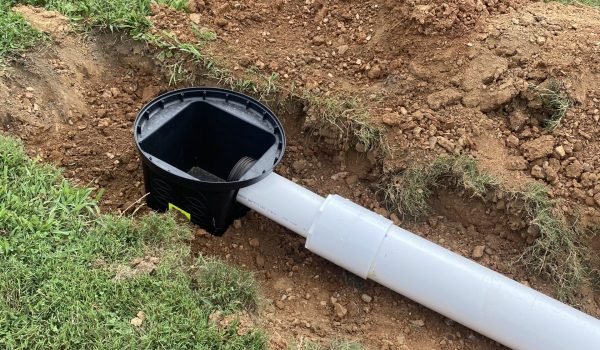
Concrete Removal
Concrete removal refers to the process of demolishing or dismantling concrete structures, surfaces, or objects. This can include breaking up concrete slabs, sidewalks, driveways, foundations, walls, or old structures made of concrete. The removal process typically involves using heavy machinery such as jackhammers, excavators, or concrete saws to break the concrete into manageable pieces. Once broken, the concrete is then removed and disposed of properly, either by recycling or taking it to a designated waste disposal site. Concrete removal may be necessary for renovations, repairs, or when replacing old concrete with new construction.
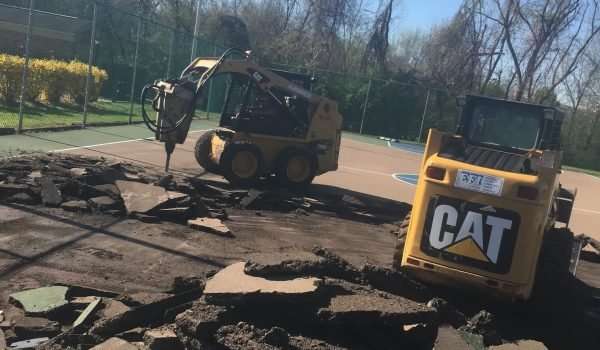
Structure Demolition / Removal
Structure or house demolition/removal refers to the process of dismantling and clearing a building or structure from a site. It involves several key steps:
- Preparation
- Demolition
- Debris Removal
- Site Cleanup
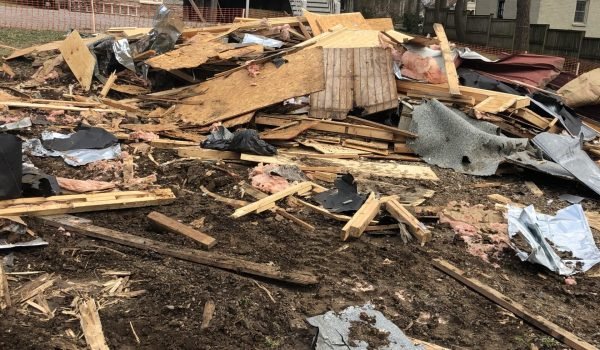
Minor Site Prep & Final Grade
Residential construction site preparation involves a series of steps to ensure the land is ready for building. Effective site preparation is crucial for a successful residential construction project, ensuring a solid foundation, proper drainage, and compliance with legal requirements. This typically includes:
- Clearing and Demolition
- Grading
- Excavation
- Grading, seed and straw
- Compaction
- Permits and Inspections
